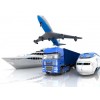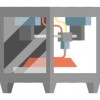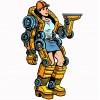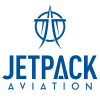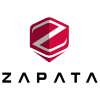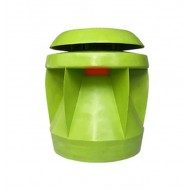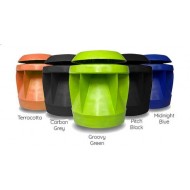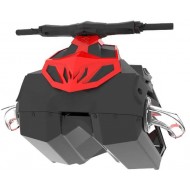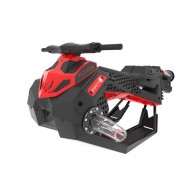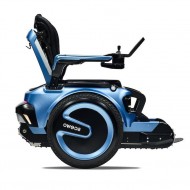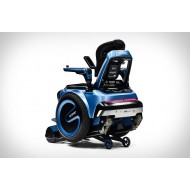Укажите рекомендуемую цену:
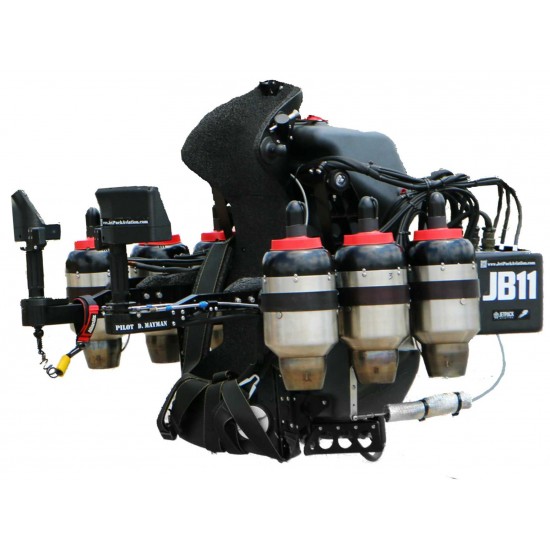
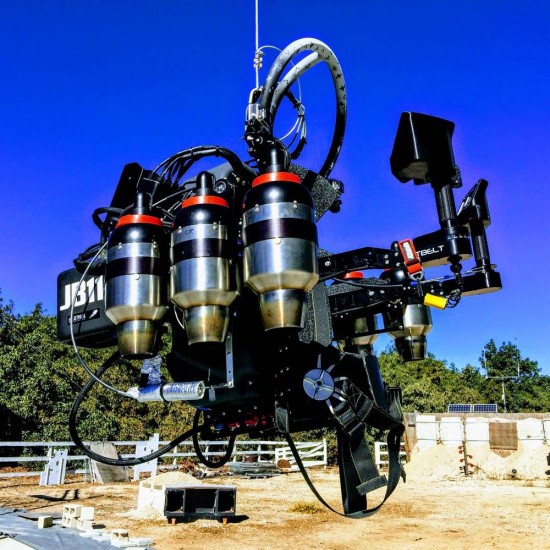
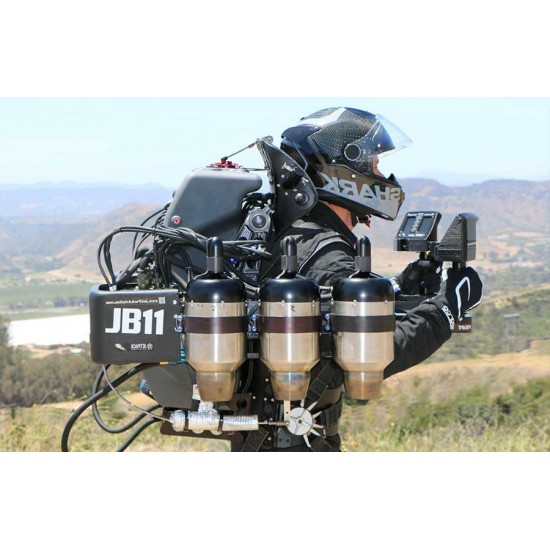
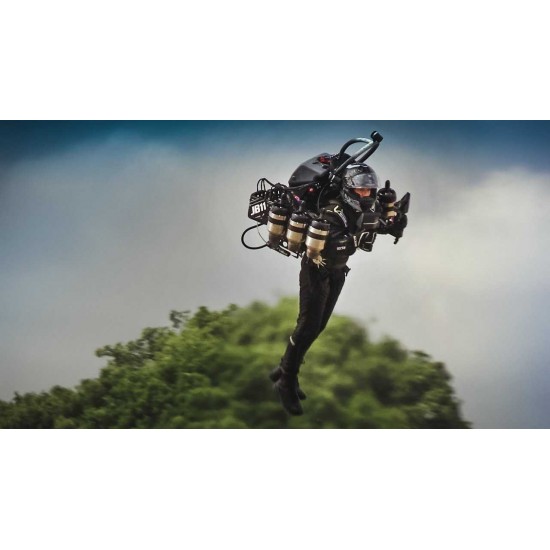

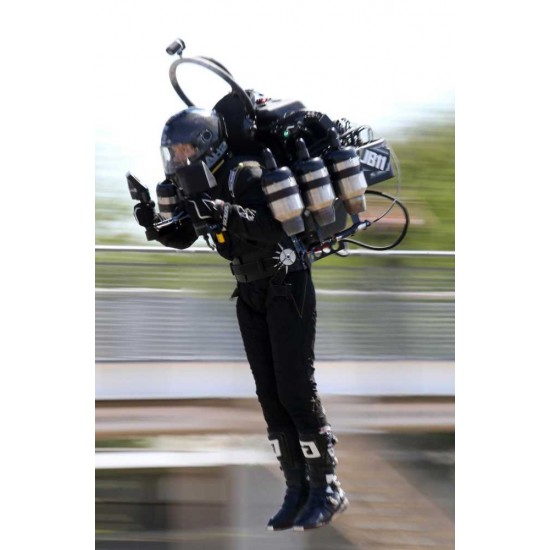






JB 11 оснащен шестью турбореактивными двигателями, специально модифицированными для вертикального полета. Каждый двигатель производит примерно 90 фунтов тяги. Сложный компьютер двигателя уравновешивает тягу между двигателями и в маловероятном случае отказа двигателя позволяет пилоту сохранять контроль и приземляться. Мы проектируем все компьютерное оборудование и пишем весь код собственными силами.
JB11 может нести более тяжелую топливную нагрузку и, следовательно, имеет более длительный срок службы, чем JB10.
Что касается JB10, JB11 может работать как в сверхлегкой, так и в экспериментальной категории. Реактивный двигатель - это чудо
Наш реактивный ранец приводится в движение двумя самыми маленькими и эффективными реактивными двигателями, доступными в мире. Каждый двигатель развивает тягу 180 фунтов и работает на обычном реактивном топливе или дизельном топливе. Эта технология является ключом к превращению реактивных ранцев в реальность. Два специально модифицированных реактивных газотурбинных двигателя управляются компьютером синхронизации дроссельной заслонки, гарантирующим, что тяга, создаваемая каждым двигателем, регулируется одинаково - эта система находится на рассмотрении. Кроме того, два двигателя реактивного ранца имеют отношение мощности к массе более 7:1, предлагая 360 фунтов. тяги.
Как это работает?
Наши специально модифицированные реактивные двигатели состоят из одного радиального компрессора и ступени турбины с осевым потоком. Двигатели имеют встроенный электродвигатель стартера для запуска и охлаждения. На максимальном дросселе наши двигатели реактивного ранца могут вращаться со скоростью более 60 000 об / мин или 20 000 об / мин на холостом ходу. Выхлопные газы выходят из двигателя при температуре около 1300 градусов, которая быстро уменьшается по мере смешивания с холодным окружающим воздухом. Этот процесс гарантирует, что пилот не испытывает дискомфорта в полете.
Как летать?
Взлет и управление нашим реактивным ранцем стало проще благодаря нашей встроенной технологии стабилизации полета. Наши запатентованные системы управления были разработаны для автоматической корректировки изменений топливной нагрузки во время полета. Эта интегрированная система стабилизации и управления позволяет легко управлять реактивным ранцем, обеспечивая невероятную маневренность и маневренность. Усовершенствованный компьютерный информационный дисплей пилота, полностью разработанный собственными силами, предоставляет пилоту всю необходимую информацию. Левая ручка контролирует вращение. Правая ручка управляет дроссельной заслонкой и тягой. Наклонитесь вперед, чтобы двигаться вперед и набрать скорость. Откиньтесь назад, чтобы замедлиться и, в конце концов, зависнуть. Наклонитесь влево и сделайте вращение влево или наклонитесь вправо для поворота.
Безопасность превыше всего
Представьте, что вы несете на спине бак с авиационным топливом. Сделать этот опыт безопасным было одной из наших самых больших проблем. Наша команда разработчиков изучила, как гоночная индустрия NASCAR решила эту проблему, и мы нашли решение. Сначала мы сделали корпус топливного бака из невероятно прочного материала, который вместо растрескивания будет медленно деформироваться. Затем наши инженеры добавили внутренний баллон, который очерчивает внутреннюю часть бака, чтобы минимизировать количество воздуха, остающегося в баке при использовании топлива. Пузырь также чрезвычайно прочный и гибкий, поэтому он не может разорваться, если бак по какой-либо причине ударится о землю.
Система плавучести
Специально разработанная автоматическая система наддува может быть добавлена к планеру в течение 5 минут для полетов над водой. Если по какой-либо причине реактивный ранец упадет в воду, система плавучести автоматически надует сверхмощный поплавковый мешок в течение нескольких секунд.
Умещается в багажнике
Рюкзак для пилота оснащен пятиточечным ремнем безопасности с двумя быстросъемными пряжками для быстрого и легкого доступа. Плечи реактивного ранца складываются, что позволяет хранить и переносить машину в небольшом кейсе.
| Технические | |
| Время работы | 8 мин |
| Максимальная скорость | 193 км/ч |
| Топливо | Керосин, Дизельное топливо |
- Запас: Pre-Order
- Модель: JB-11
